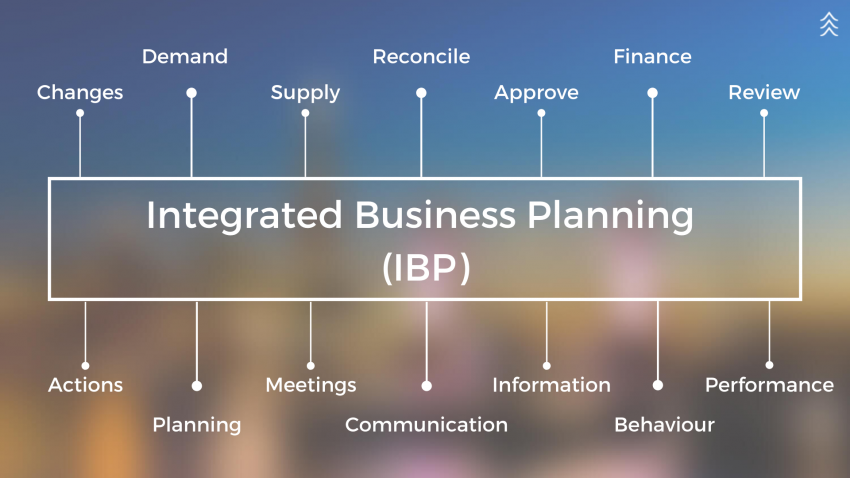Integrated Business Planning (IBP) is a process that helps organisations achieve process excellence by identifying the gap between business targets and strategy (top-down) and the most likely outcomes (bottom-up). IBP is a cyclic monthly process that enables collaborative business planning and departmental alignment through cross-functional inputs, this ensures a higher degree of coordination to improve the decision-making process.
Many companies focus more on S&OP and that’s their traditional way of working. S&OP is more about supply, demand, inventory, and finance whereas IBP is the integration of various cross-functional inputs. However, there are certain challenges around implementing this process. IBP implementation approach should be based on the specific business needs; what worked for one, may not work for another.
Some of the common challenges that arise in IBP implementation and their solutions are as follows:
- Optimisation of the decision-making process
- Product life cycle and portfolio management
- Hierarchy and empowerment
- Building trust
- Bringing about behavioural change
1. Optimisation of the decision-making process
Unlike the traditional business planning processes, IBP is inclusive and has a framework for decision making. The responsibility of making logical decisions for the company is shared by its key players and stakeholders. Framework for formal and smooth decision-making process can be achieved by collaborations, faster communication and quick responses.
2. Product life cycle and portfolio management
Alignment between an organisation’s strategy and products is necessary; therefore, product portfolios should be revisited periodically and required changes should be made.
3. Hierarchy and empowerment
One of the best things about IBP is that it defines different hierarchical levels for planning and decision making. Inputs from all stakeholders and coordinators are considered for decision-making through a predefined framework.
4. Building trust
‘Resistance to change’ is a general phenomenon and it applies to organisational change as well. Implementation of IBP is a permanent change and it’s important to empower the stakeholders and supply chain partners to embrace and approve this change.
5. Bringing behavioural changes
IBP aims at cross-functional business planning and departmental alignment. The traditional ways of working may not be efficient in ensuring real-time information sharing. Behavioural changes are needed to get people to change their ways of working and adapt to the new routine. Such changes can be brought by explaining the benefits of IBP.
IBP implementation can also be affected by the degree of coordination, culture and Enterprise Resource Planning (ERP) implementation. Overcoming these challenges at the time of implementation benefits an organisation for a long-term.
